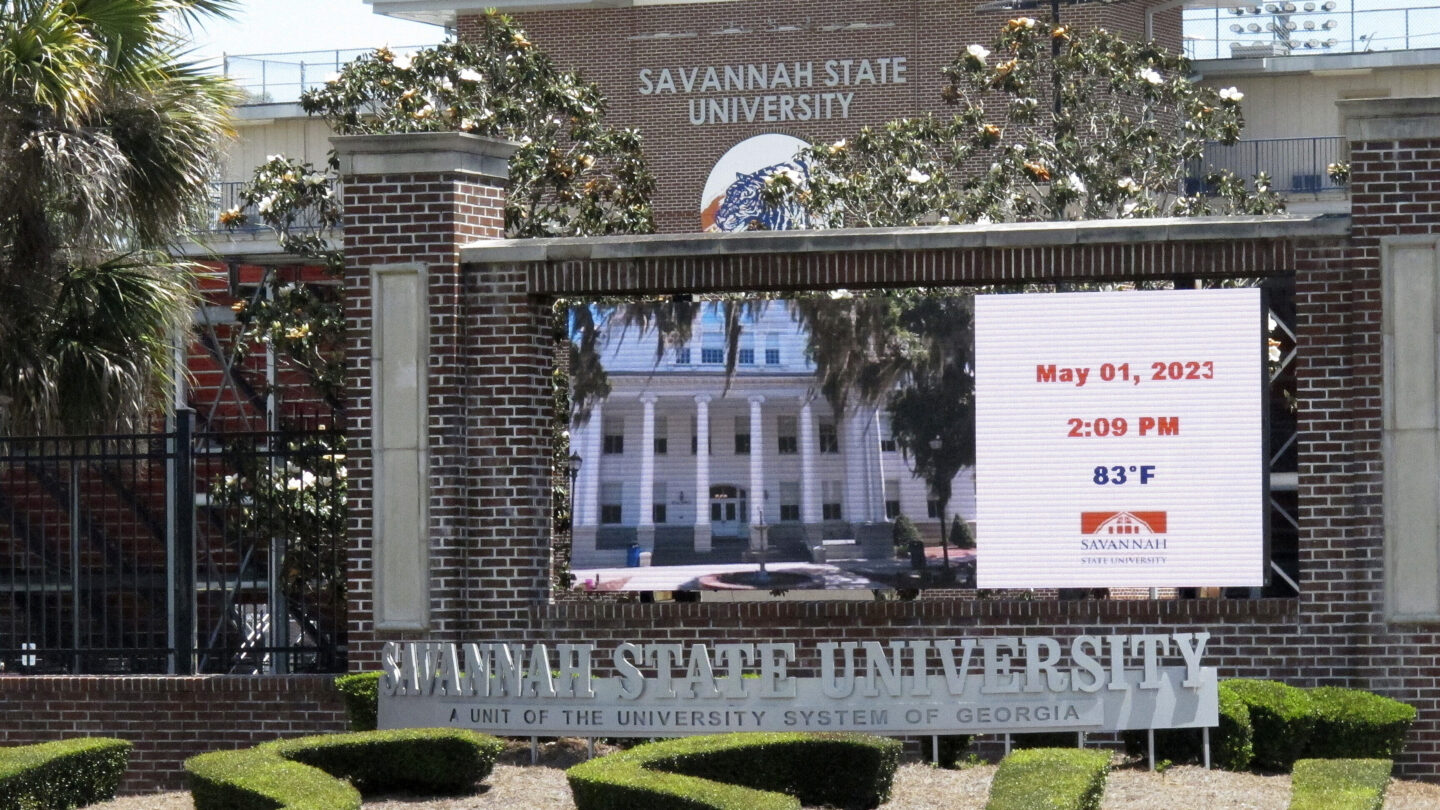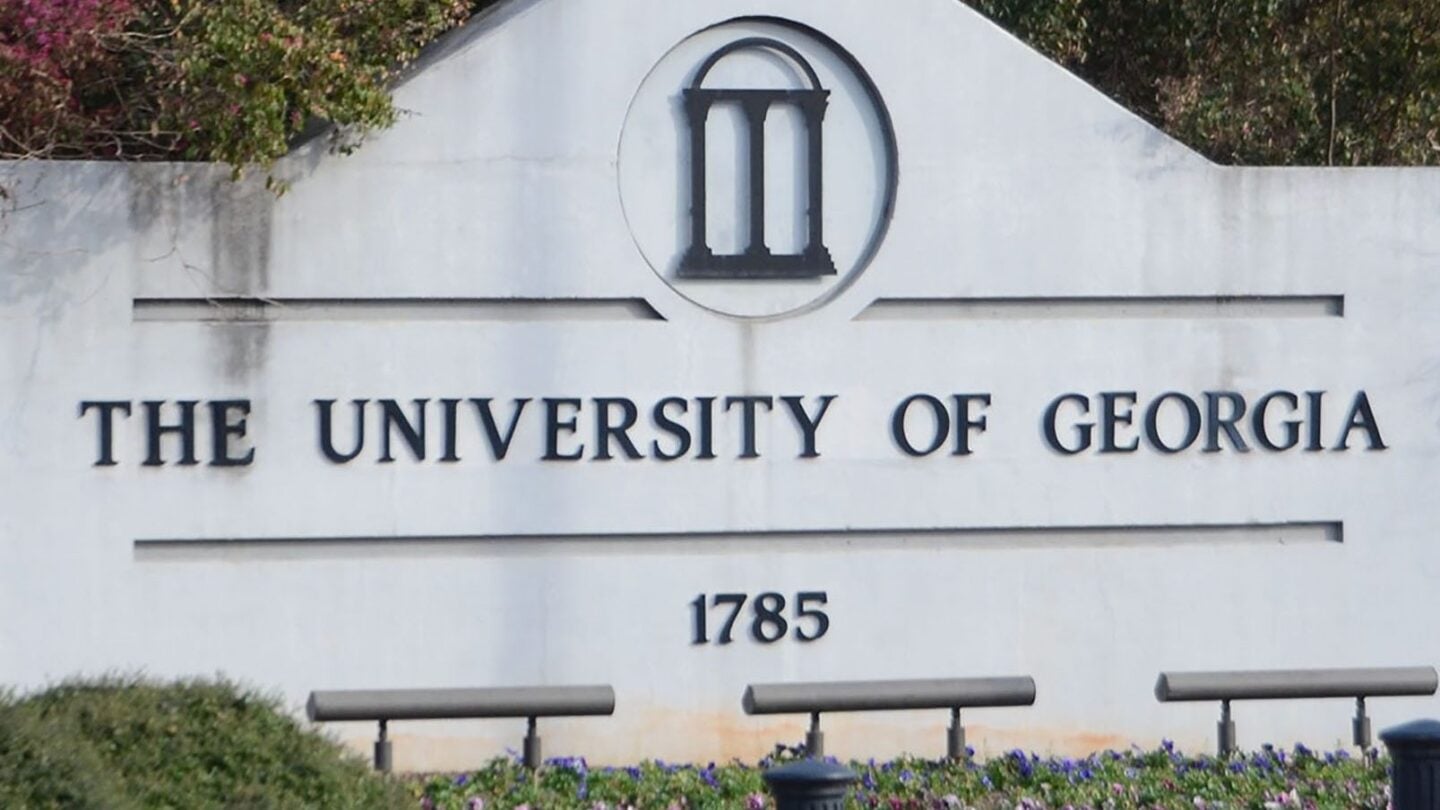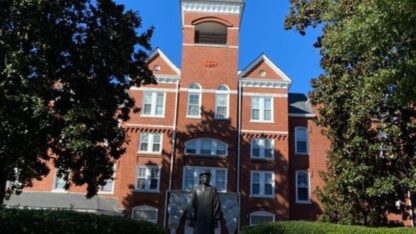Georgia representatives spotlight underfunding of public HBCUs

Three members of the Georgia House of Representatives met earlier this month to address the underfunding of Georgia’s public historically Black colleges and universities (HBCUs).
“Today, I stand before [you] as a graduate from a historically Black college,” began Rep. Sandra Scott (D-Rex), flanked by Reps. Viola Davis (D-Stone Mountain) and Kim Schofield (D-Atlanta).
Scott attended Florida Agricultural and Mechanical University, commonly known as FAMU.
“This call for action is not just about education,” she continued. “It’s about equity, opportunity and the future of countless students.”
Scott and her colleagues called their meeting because of a letter written last month to Gov. Brian Kemp from U.S. Secretary of Education Miguel Cardona and U.S. Secretary of Agriculture Thomas Vilsack.
Cardona and Vilsack allege that Georgia has not funded the state’s predominantly Black land-grant university, Fort Valley State University (FVSU), on par with its predominantly white land-grant university, the University of Georgia (UGA).
The land-grant system began in 1862 with a federal investment in public higher education: the First Morrill Act.
The Act allowed states to establish public colleges funded by the development or sale of federal land grants.
However, by 1890, federal officials issued a Second Morrill Act because people of color were excluded from opportunities granted by the First.
The Second Morrill Act took aim at the former Confederacy, requiring states to either establish separate land-grant institutions for Black students or demonstrate that admission to 1862 land-grant colleges was not restricted by race.
In Georgia, UGA was a beneficiary of the First Morrill Act and FVSU was a beneficiary of the Second. But state funding for FVSU has trailed that of UGA by $603 million in the last 30 years, according to the National Center for Education Statistics.
“There would be no one in our system who would be surprised by the sum of this narrative,” said FVSU President Paul Jones, referencing the consortium of other 1890 land-grant HBCUs.
Georgia is one of 16 states that Secs. Cardona and Vilsack call out in their letter.

According to the National Center for Education Statistics, state funding for Fort Valley State University has trudged behind UGA by $603 million over the last 30 years.
The overall disparity between predominantly Black and predominantly white land-grant universities’ funding totals over $12 billion.
Though the land-grant mandate for state governments is meant to match funding from the U.S. Department of Agriculture (USDA), Jones said that many states have yet to reach that requirement. Georgia only got there in 2014.
When states fail to match USDA funding for their land-grant HBCUs, those schools must then request a waiver from the federal government to keep that share of funding.
“I guess where the challenge has been with many of the 1890 institutions is that that’s not a concern as it relates to the 1862 land grant institutions,” Jones explained.
Despite this inequality, Jones said this is not “simply a Black-white issue.”
Agriculture is the number one industry in the state of Georgia, and “needs don’t come in colors.”
“We have a great working relationship with the University of Georgia,” Jones said. “We understand [the] importance of collaboration.”
But a funding disparity as large as $603 million underscores the opportunity gap that FVSU students have held for so long, said Ashley Young, an Education Analyst at the Georgia Budget and Policy Institute.
“We feel the disinvestment,” she added. “Not only are Black students borrowing more money to go to college, we’re going to colleges that have received less funding over time.”
Young also knows that equitable funding for FVSU and other land-grant HBCUs is possible.
“There are two states: Delaware and Ohio… that have equitably funded their 1890 institution[s],” she continued. “What then is the reason we can’t do the same for our 1890 institution, Fort Valley State University?”
This is the same question that Reps. Scott, Davis and Schofield are asking Gov. Kemp.
They are calling on Kemp to address funding disparities for all of Georgia’s public HBCUs, adding Albany State University (ASU) and Savannah State University (SSU) to the list.
A group of FVSU, ASU and SSU alumni prompted the expansion in scope. They were the genesis of state officials’ call to action, seeking legal counsel who then approached the representatives.
Kemp has yet to respond to federal officials or Georgia representatives.
The governor’s office referred the comment to the University System of Georgia, who said they are working to collect data and facts before issuing an official address.








